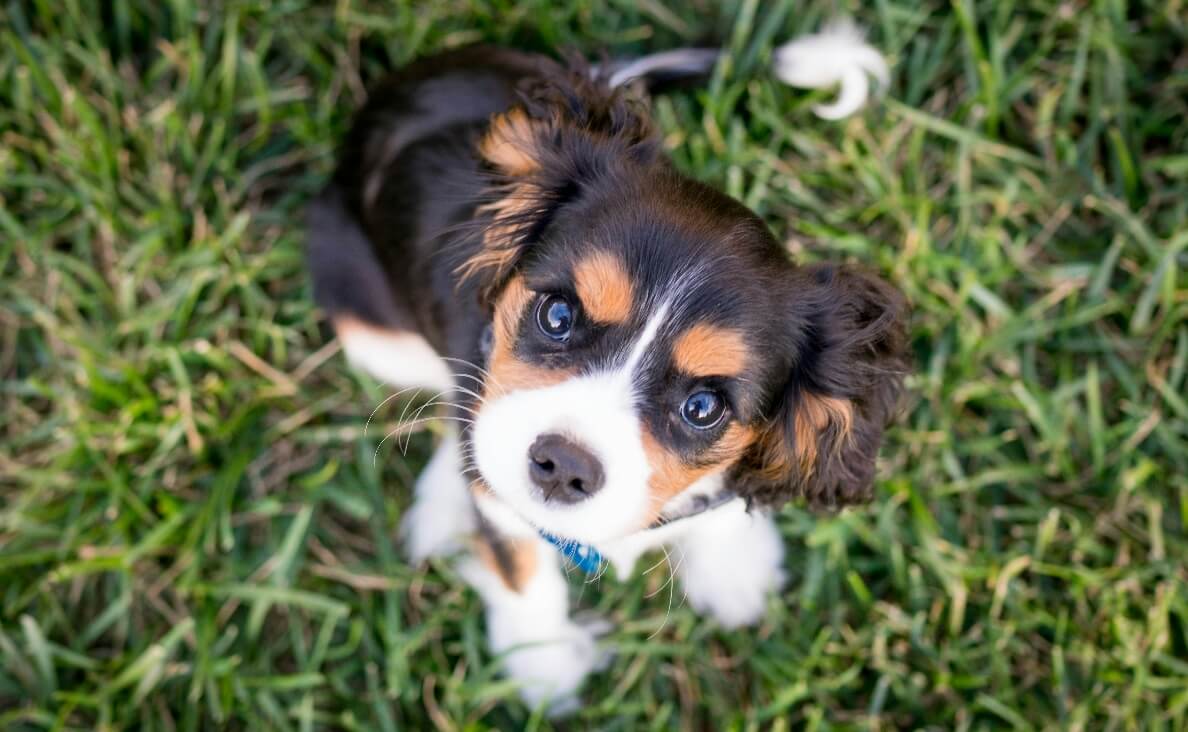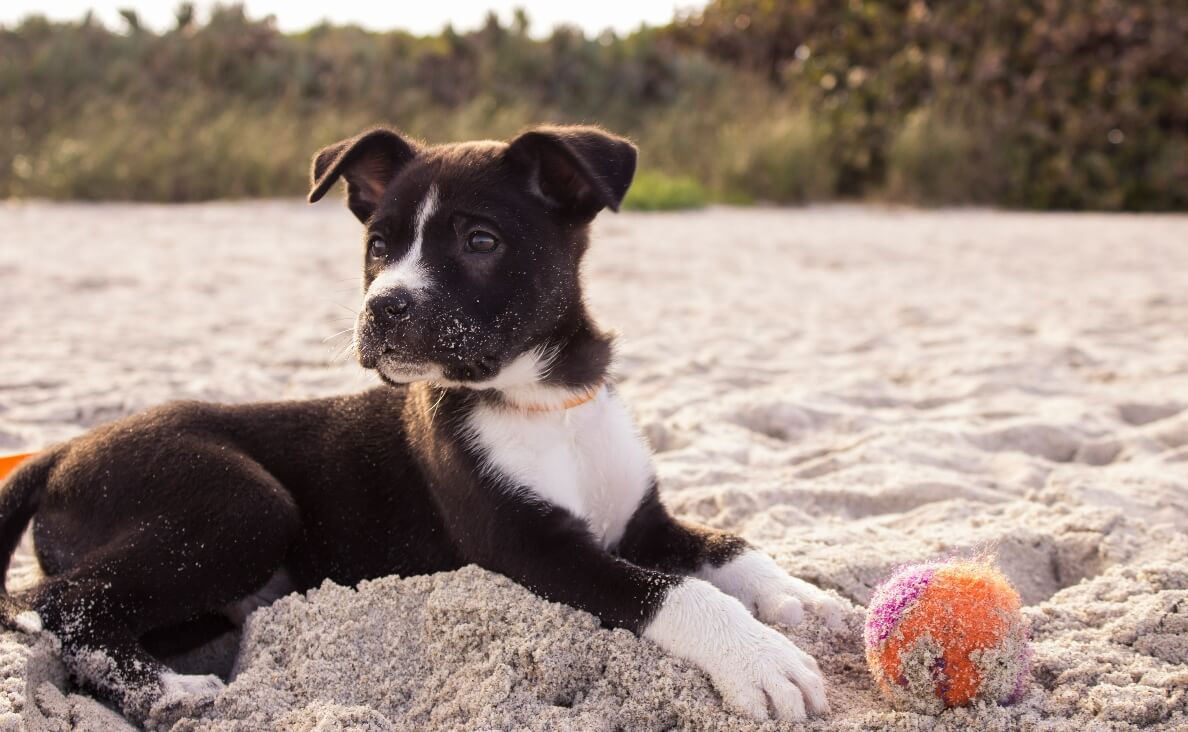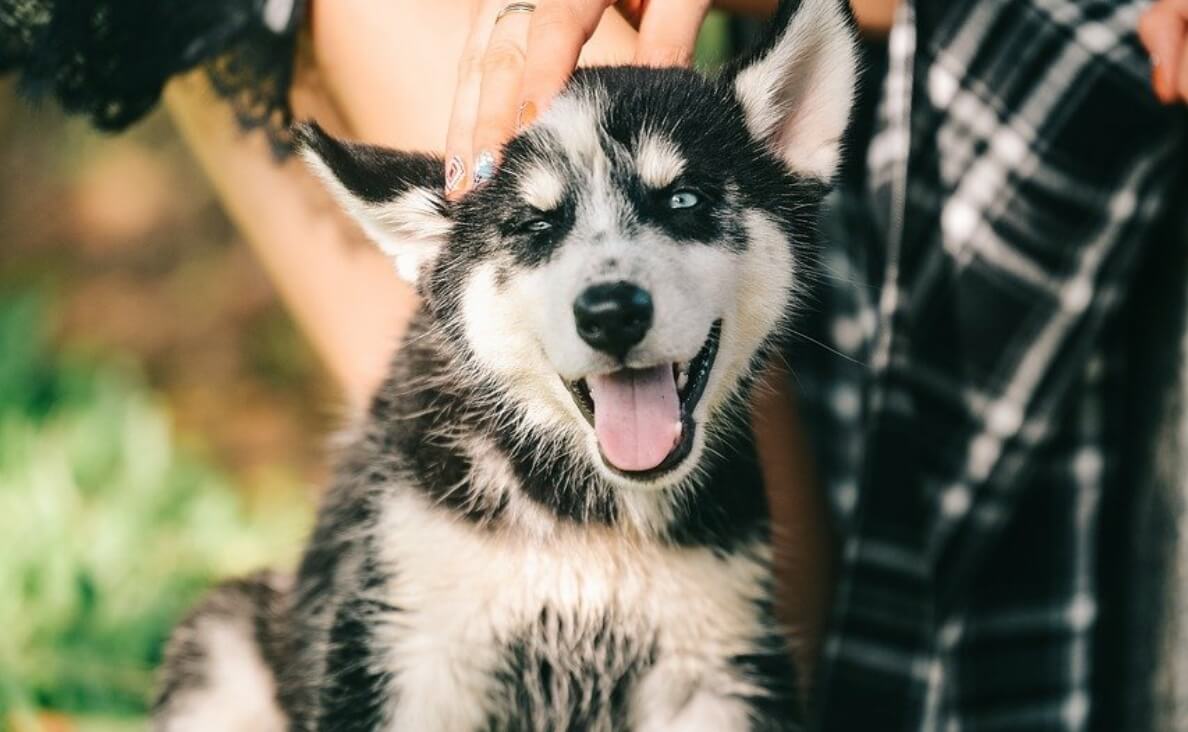
Bringing home a new puppy is an exciting experience, filled with joy, anticipation, and a bit of nervousness. One of the first things new puppy owners need to focus on is teaching their furry friend to recognize and respond to their name. A puppy’s name is not just a cute label; it’s the foundation for all future training and a critical part of ensuring your dog’s safety and well-being. In this guide, you’ll learn how to teach your puppy their name effectively, helping you build a strong bond and setting the stage for a well-behaved pet.
Why It’s Important for Your Puppy to Know Their Name
Understanding the importance of teaching your puppy their name is the first step in successful training. Your puppy’s name is the anchor for their attention, the word that will cut through distractions and bring their focus back to you. Whether you’re at the dog park, on a hike, or in your backyard, having a puppy that responds reliably to their name can prevent potential dangers, like running into traffic or getting lost.
Moreover, name recognition is essential for effective communication. When your puppy knows their name, it becomes easier to teach them other commands and behaviors. The name becomes the signal that something important is about to follow, whether it’s a command, a treat, or a call to return to your side. Teaching your puppy their name is the foundation of a well-mannered dog and is critical for both safety and successful training.

When to Start Teaching Your Puppy Their Name
Timing is crucial when it comes to teaching your puppy their name. The ideal time to start name training is as soon as you bring your puppy home, typically around eight weeks of age. Puppies are like sponges at this age, eager to learn and adapt to their new environment. Starting early not only capitalizes on this developmental phase but also helps establish routines and expectations right from the beginning.
However, even if your puppy is older, it’s never too late to start. The key is to observe your puppy’s behavior to determine their readiness. Signs that your puppy is ready to learn include making eye contact, following you with their gaze, and showing interest in your voice. Once you notice these behaviors, you can begin the process of teaching your puppy their name.
Related: How to Get Your Dog’s Attention Using the “Watch Me” Command
Step-by-Step Guide to Teaching Your Puppy Their Name
Teaching your puppy their name involves a series of simple steps that, when followed consistently, will yield quick results. Here’s a detailed guide to help you through the process:
Step 1: Choose the Right Name
The first step in teaching your puppy their name is selecting a name that is easy for them to recognize. Short, one or two-syllable names are often best, as they are easier for puppies to understand and respond to. Names that end in a vowel sound are particularly effective because they are distinct and stand out in the noise of everyday life. Avoid names that sound similar to common commands or words you use frequently to prevent confusion.
Step 2: Positive Association
Once you’ve chosen the perfect name, the next step is to create a positive association with it. Sit in a quiet space with your puppy and say their name in a clear, happy tone. As soon as they look at you, reward them with a treat and lots of praise. The goal is to teach your puppy that hearing their name leads to something good. Repeat this exercise several times a day, keeping the sessions short and fun to maintain your puppy’s interest.

Step 3: Repetition and Consistency
Repetition and consistency are key when teaching your puppy their name. Use their name frequently throughout the day in different contexts. Call them by their name before feeding, during playtime, and when you’re about to take them for a walk. Each time they respond to their name, reward them with a treat, a toy, or affection. This consistent use of their name, combined with positive reinforcement, will help your puppy quickly learn to recognize and respond to it.
Step 4: Practice in Different Environments
After your puppy consistently responds to their name at home, it’s time to practice in different environments. Start in a quiet area, like your backyard, and gradually introduce more distractions. The goal is to teach your puppy to respond to their name regardless of what’s happening around them. Be patient during this stage, as it can take time for your puppy to learn to focus on you in more stimulating environments. Always reward them when they respond to their name, reinforcing the behavior you want.
Step 5: Avoid Common Mistakes
While teaching your puppy their name is straightforward, there are some common mistakes to avoid. One of the most frequent errors is using your puppy’s name in a negative context. Never use their name when scolding them or when they’re doing something undesirable. This can create a negative association, making them reluctant to respond in the future. Another mistake is overusing their name without follow-through. If you call your puppy’s name repeatedly without ensuring they respond, they may learn to ignore it. Always make sure they respond before you move on, and reward them when they do.
Related: The Biggest Mistake New Puppy Owners Make

Troubleshooting: What to Do If Your Puppy Doesn’t Respond to Their Name
It’s not uncommon for puppies to take some time to learn their name, especially in more distracting environments. If your puppy isn’t responding as expected, there are a few things you can do to troubleshoot the issue.
First, consider whether there are too many distractions. Puppies can easily become overwhelmed by new sights, sounds, and smells, making it difficult for them to focus. If this is the case, go back to practicing in a quieter environment before gradually reintroducing distractions.
Another potential issue is confusion. If you’ve been inconsistent with using your puppy’s name, they might not fully understand what it means. Go back to basics and reinforce the positive association between their name and something rewarding. Increase the frequency of training sessions and make sure each one is short and enjoyable.
Lastly, consider your tone of voice. Puppies respond better to high-pitched, happy tones. If you’ve been using a monotone or stern voice, try switching to a more enthusiastic tone to capture their attention.
How to Build on Name Recognition
Once your puppy reliably responds to their name, you can start building on this foundation to teach them other commands and behaviors. Name recognition is the perfect starting point for commands like “sit,” “stay,” and “come.” For example, once your puppy knows their name, you can say, “Buddy, sit,” making it clear that you are addressing them and want them to perform a specific action.
Building on name recognition also helps strengthen the bond between you and your puppy. Each successful training session enhances your communication and mutual understanding. As your puppy learns to trust and respond to you, their confidence grows, leading to a more well-adjusted and obedient pet.

Final Thoughts
Teaching your puppy their name is a simple yet powerful way to lay the groundwork for a lifetime of good behavior and mutual understanding. By starting early, using positive reinforcement, and being consistent, you can teach your puppy their name in just a few short weeks. Remember, the key is to make the training fun and rewarding for your puppy, ensuring they associate their name with positive experiences. With patience and persistence, you’ll soon have a puppy that eagerly responds to their name, no matter the situation.
So, start today and teach your puppy their name with these proven techniques. You’ll be setting your furry friend up for success and deepening the bond that makes the relationship between a dog and their owner so special.
By following this guide, you’ll be well on your way to raising a well-behaved and responsive puppy. Enjoy the journey, and don’t forget to cherish these early moments with your new best friend.
What tips or tricks have you found most effective when teaching your puppy their name? Share your experiences or any challenges you’ve faced in the comments below—we’d love to hear from you!

 How to Establish a Routine for Your New Puppy
How to Establish a Routine for Your New Puppy Why You Should Consider Donating to Animal Charities
Why You Should Consider Donating to Animal Charities What Everyone Should Know About Puppy Mills
What Everyone Should Know About Puppy Mills Most Popular Dog Names of 2021
Most Popular Dog Names of 2021 10 Things You Forgot About Raising a Puppy
10 Things You Forgot About Raising a Puppy






Leave a Reply